THIS WEEK: In the first of two DC Round-Up reviews this week, we’re here to take a look at Absolute Martian Manhunter #1. Plus, we’ve also got blurbs about the end of Absolute Wonder Woman’s first story arc, the current status of Wonder Woman, and more!
And if you’re looking for our H2SH review, you can find that in a separate bonus post this week!
Note: the review below contains spoilers. If you want a quick, spoiler-free buy/pass recommendation on the comics in question, check out the bottom of the article for our final verdict.
 Absolute Martian Manhunter #1
Absolute Martian Manhunter #1
Writer: Deniz Camp
Artist: Javier Rodriguez
Letterer: Hassan Otsmane-Elhaou
Absolute Martian Manhunter arrives this week, and it feels to me like the most experimental title within a line of new comics that is inherently experimental. We’ve seen the other books in this new Absolute Universe reimagine character origins, altering core concepts a bit in the process. And we’ve seen them let some of the most interesting artists in comics — Nick Dragotta, Hayden Sherman, and Nick Robles — explore superhero storytelling with aesthetics that aren’t usually deployed in such comics, or at least not deployed in titles this prominent. With Absolute Martian Manhunter #1, we see all of that again, combined with what to me feels like an even bigger swing: the reader shares a close perspective with a hero who himself struggling to make sense of his reality.
Indeed, there’s a fog that has settled over our lead character and by extension over the book itself. That fog makes this comic feel less like a superhero story (although it may still very well be that, ultimately) and much more like a mystery, at least throughout this intriguing first issue. As such, this is a single issue comic that not only rewards multiple readings but practically demands it. I know it took me three readings until I felt like I had a good sense of what this book is up to, and I’ll go into that in detail in a minute, so if you’re not keen to try to unspool that with me — just know this is a well-done and boundary-pushing superhero comic that will win a lot of fans who enjoy when this type of books gets smart and starts coloring outside its usual lines.
If you are still here, I’d like to take a look at how I believe this comic functions. On page one (above) our hero is blown up when a man named Mike Miller detonates a bomb vest in a coffee shop. As multiple characters will later note, he not only inexplicably survives this bombing, but he comes through it so intact that he’s able to right away get back to work. At the same time, as he tries to recover and return to his normal life, he begins to inexplicably know things about people, before eventually coming to see what I took to be their thoughts and emotions as colorful explosions of rainbow smoke (rendered wonderfully by the boundary-breaking colors and lines of Javier Rodriguez).
It all leads up to a last page with a bit of print dynamism to it, requiring the reader to hold it up to a light so they can see the protagonist’s face transposed on that of the Martian Manhunter, with an end tag reading, We’re the Martian Mind****er (which gives you the PG reading of hunter, or my preferred r-rated reading of ahem). My interpretation is that our man — an FBI agent referred to only as Jones — was blown up in a coffee shop, but saved either by The Martian Hunter melding with him or manifesting within him after being long dormant, and now they are one, causing the intrigue and confusion that he experienced as a character and we did as a reader throughout the first issue of this book.
That’s a very big swing here, and one that in my opinion is a great use of this experimental line of new comics. And I think Rodriguez and writer Deniz Camp execute it as boldly as it demands. It feels like a tough exercise to script a comic like this, that’s so deliberately confusing yet precisely aligned to give readers all they need to intuit what’s happening within this mystery. We as readers know something our main character doesn’t — that this is a book about Martian Manhunter, a red and green alien superhero who reads minds — and so by the end of this chapter, we are in a better position than he is to fully grasp what’s going on here.
In this way, Absolute Martian Manhunter #1 felt complex and layered to me, and I don’t think it’s laid out its entire hand in this first issue. As much as I was able to surmise by the end of the comic, there was plenty I still had questions about. How did Jones’ son know to make him look like an alien when playing with clay? Who was Mike Miller and what made him blow up that coffee shop? And what’s the significance of the repeated line, Why do people do what they do?, which is also the central focus of the FBI’s Stochastic Task Force, of which our main character is a member?
This book also does a good job of using ideas and parts drawn from traditional interpretations of the character, including how the hero’s partner calls him “the Martian” as a nickname because he’s so cold. His job also involves trying to read minds, which is arguably what makes the Martian Manhunter so unique within the DC Universe. That’s the sort of fun repurposing that makes these Absolute comics interesting.
It all adds up to an excellent first issue in which Camp, Rodriguez, and letterer Hassan Otsmane-Elhaou all get to make use of singular skillsets, of the comics things that set them apart as leaders in their individual roles. So yeah, I recommend this book if you’re game for a sophisticated and experimental take on the usual capes stories. Finally, I also want to share this idea here in case this is what’s ultimately going on here…this book lends itself to a fun, almost-Morrisonian contemplation of whether any of this is the real narrative, or whether our main character is suffering a severe head wound following the coffee shop explosion, generating what what we see on the page here as a way to recover and/or cope.
Verdict: BUY this “dancing tapestry of multicolored scarves”
The Round-Up
Elsewhere in the Absolute Universe, Absolute Wonder Woman #6 gives us the start of a past-facing new two-part story arc, on which writer Kelly Thompson is joined by artist Mattia De Iulis, with letterer Becca Carey. I’ve enjoyed the artwork in Absolute Wonder Woman so much that I was worried that this issue would lose me, simply based on not having Hayden Sherman and Jordie Bellaire illustrating the story. De Iulis is not just a capable fill-in, but also an artist who is well-suited for the quieter, moodier tone of an arc that seems to promise an exploration of Absolute Wonder Woman’s weaponry. And in case that is too heavy, this book also features lighter, Dustin Nguyen-drawn Lil’ Diana back-ups, showing us that this Wonder Woman’s childhood was not, in fact, all misery.
- Moving on to another title but keeping with the Wonder Woman character, this week also gave us Wonder Woman #19 by Tom King, Daniel Sampere, Tomeu Morey, and Clayton Cowles. This issue is the finale to the Fury story arc, which in many ways felt like the finale to the larger story this book has been telling from its start. I’ve enjoyed this book from the start, and I think this is shaping up to be the best Wonder Woman run in many years. This arc finale sets up new stories to come, of course, and it all looks great, rendered by the artwork of Sampere and Morey.
Finally, I took this weekend to catch-up on a title on which I’d fallen woefully behind — Batman – The Long Halloween – The Last Halloween. And I’m really glad I did. To be totally honest, I thought this series was setting itself up to be unfavorably compared to the original Long Halloween, because how do you create a direct sequel to a Tim Sale comic without inviting the comparison? But the choice that makes this follow-up work is that each issue is drawn by a different top-tier artist, the type of names it might be difficult to get to commit to a 10-issue full series, versus a single installment. This issue, for example, was drawn by Enrico Marini, while past installments have featured Cliff Chiang, Bill Sienkiewicz, and others. This type of alternating artist series might run the risk of feeling disjointed, but it’s all held together by the incredible color work of Dave Stewart and the letters of Starkings. What Stewart in particular is accomplishing in this comic is really impressive, holding together such disparate art styles and making it all feel coherent. If you’re a comics craft sicko, this book is a must-read.
Miss any of our earlier reviews? Check out our full archive!
Read more great reviews from The Beat!


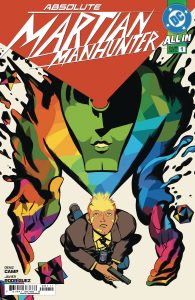
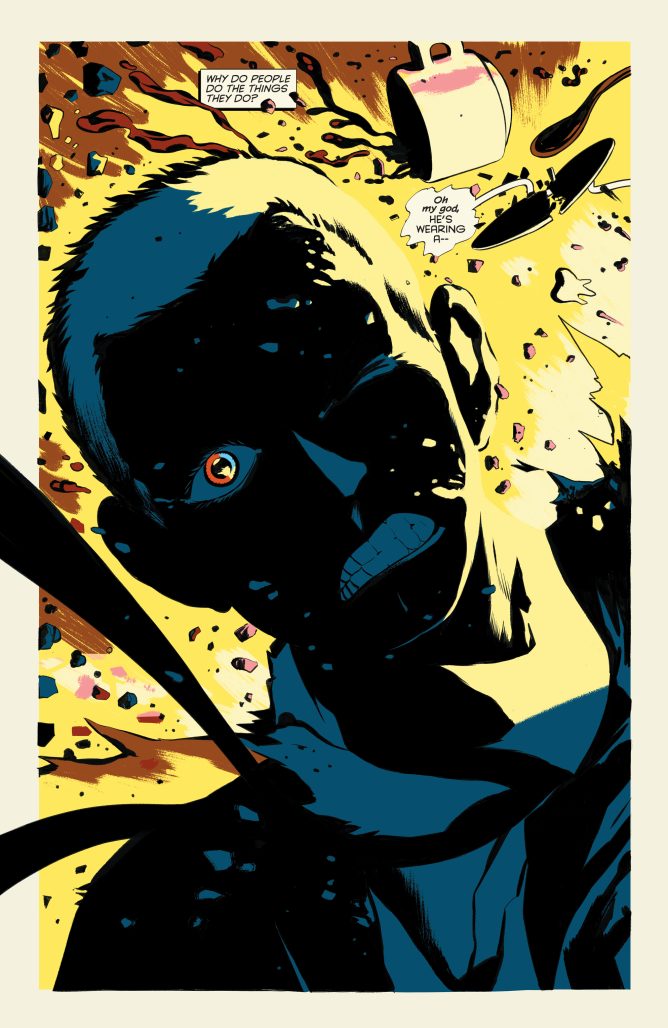
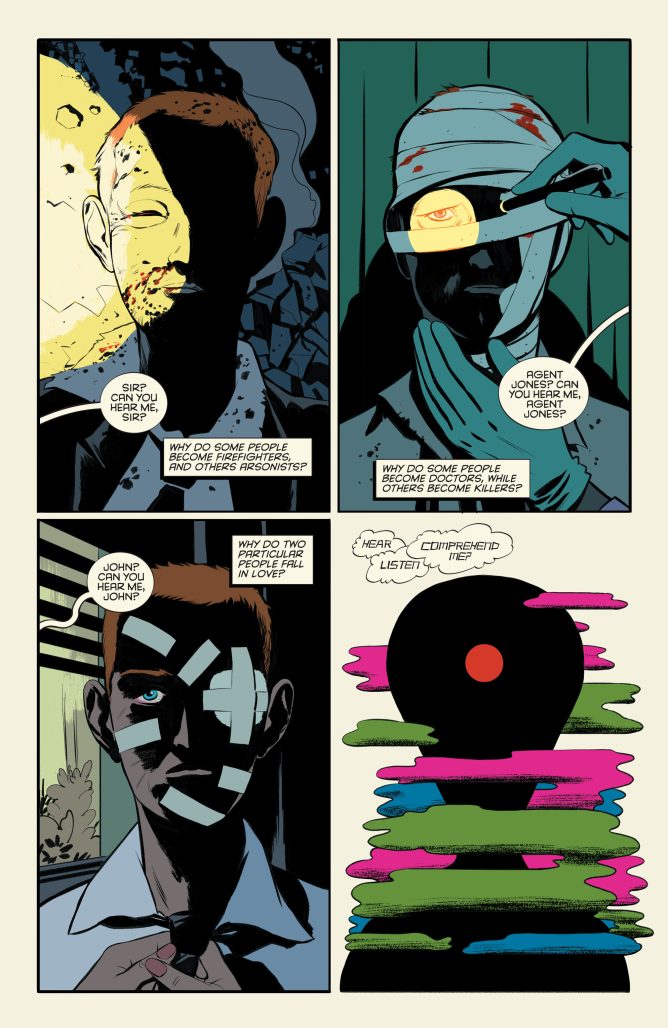
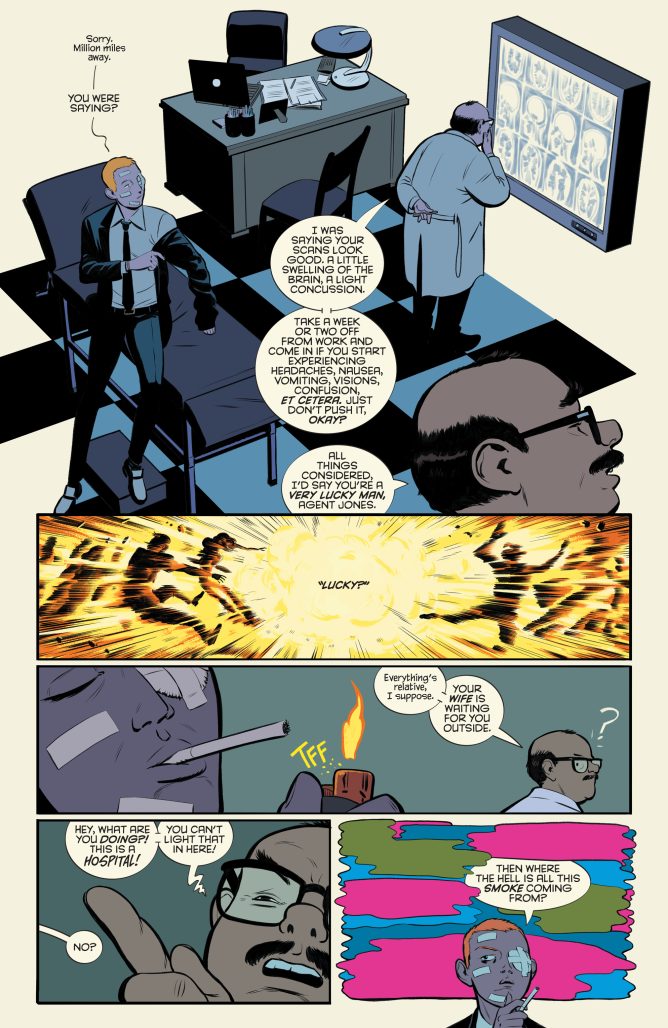
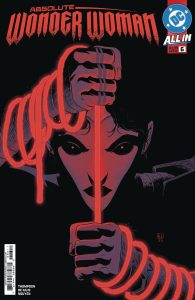












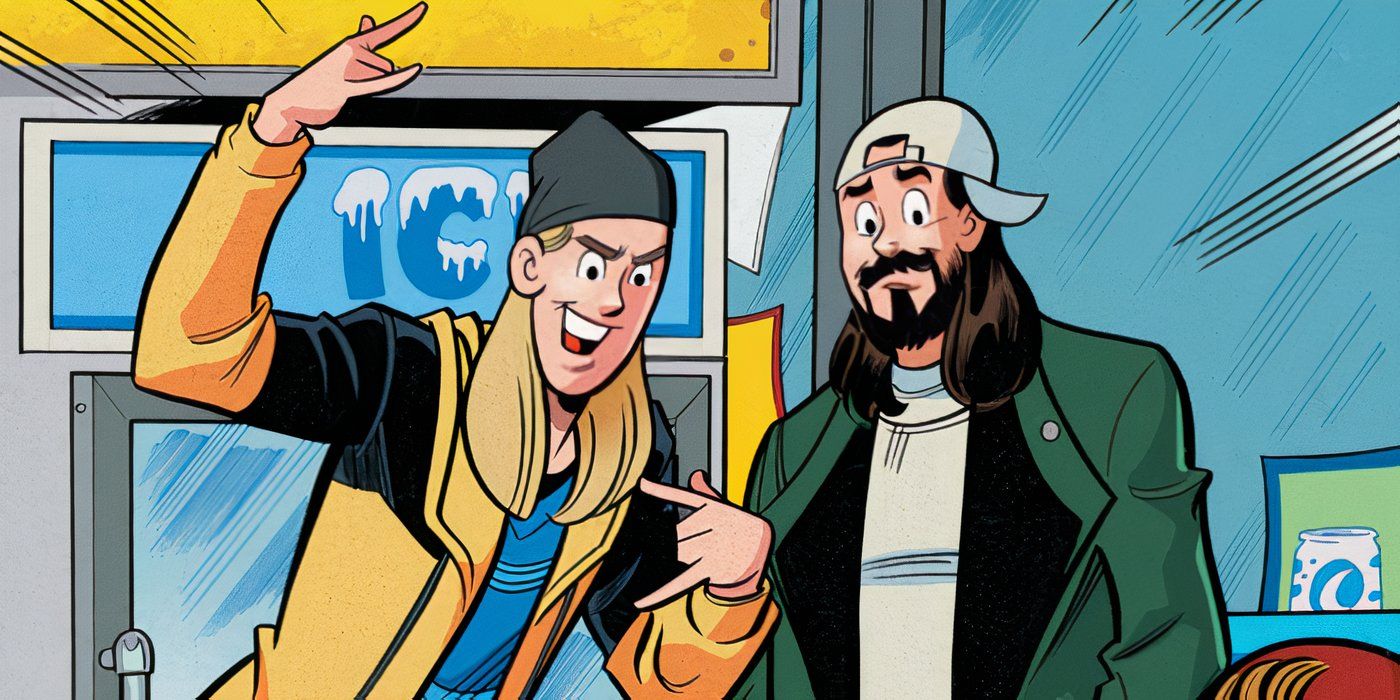
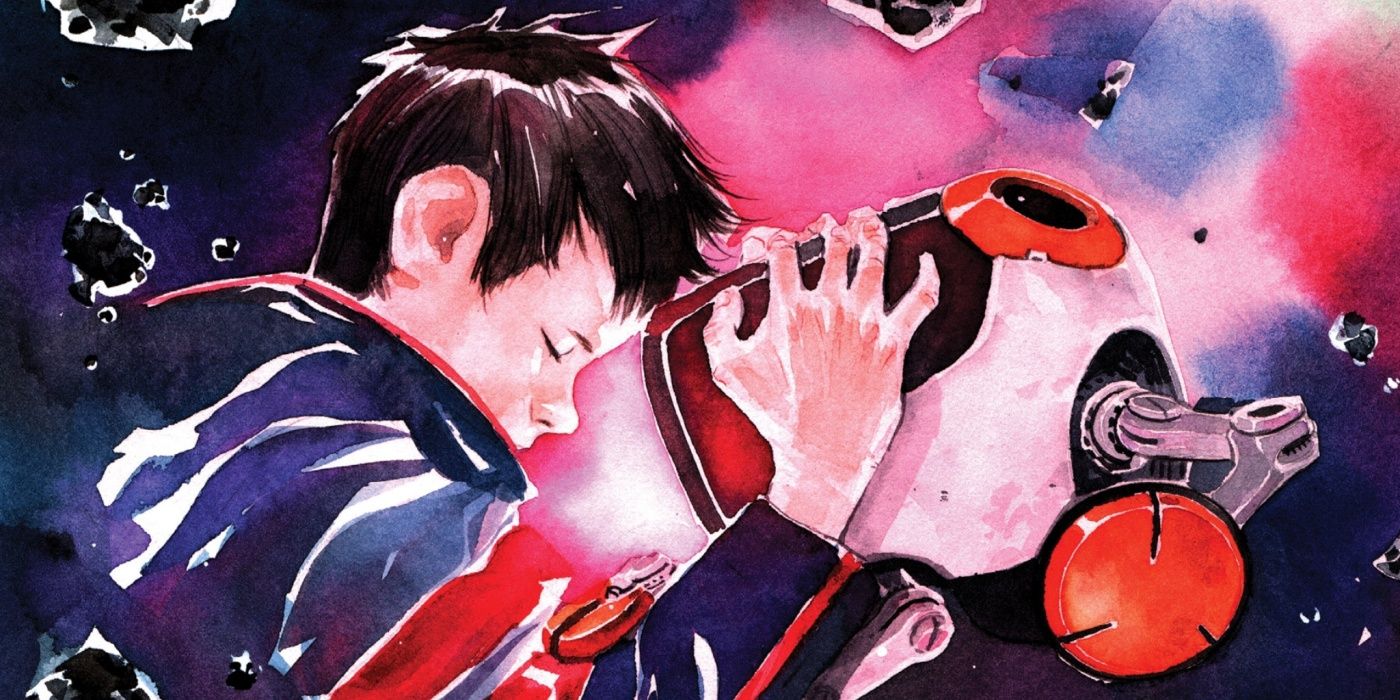

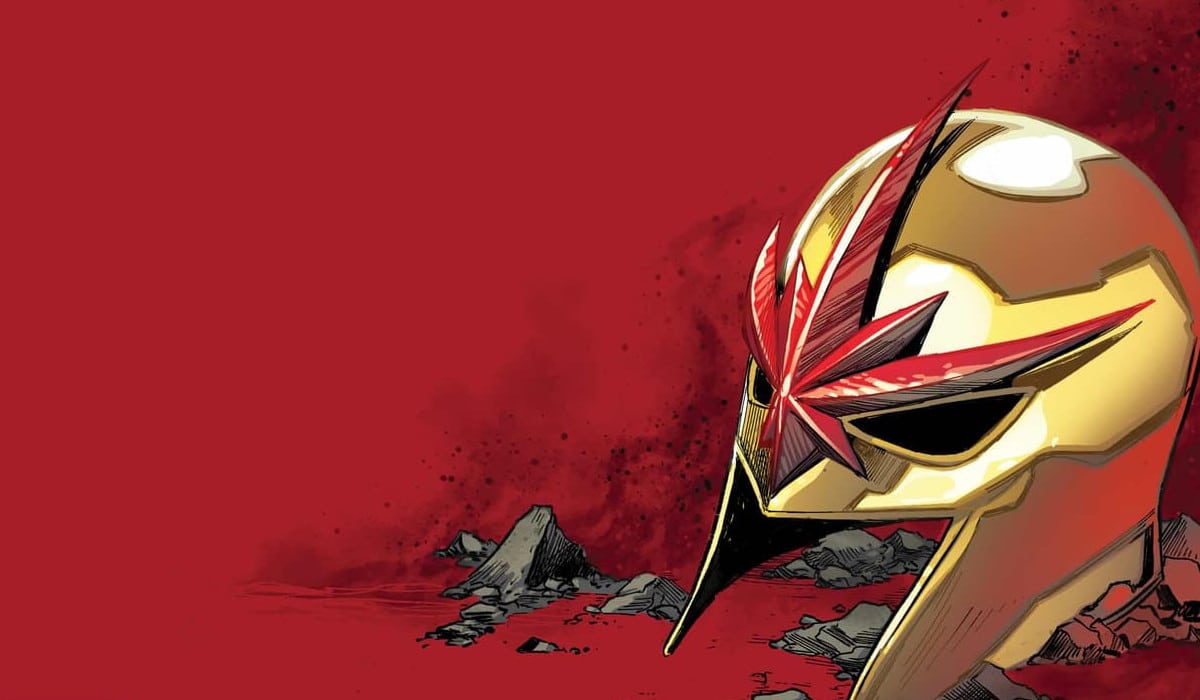

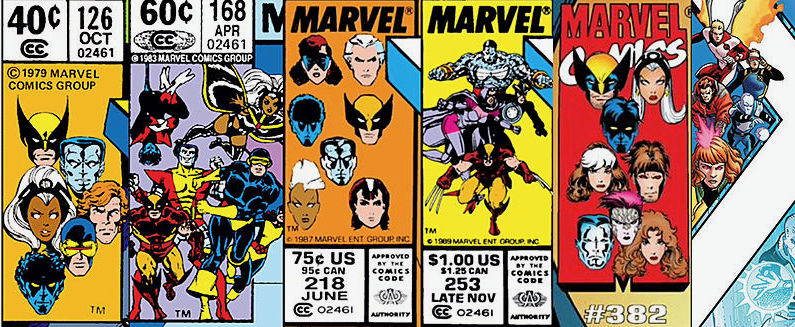

 English (US) ·
English (US) ·